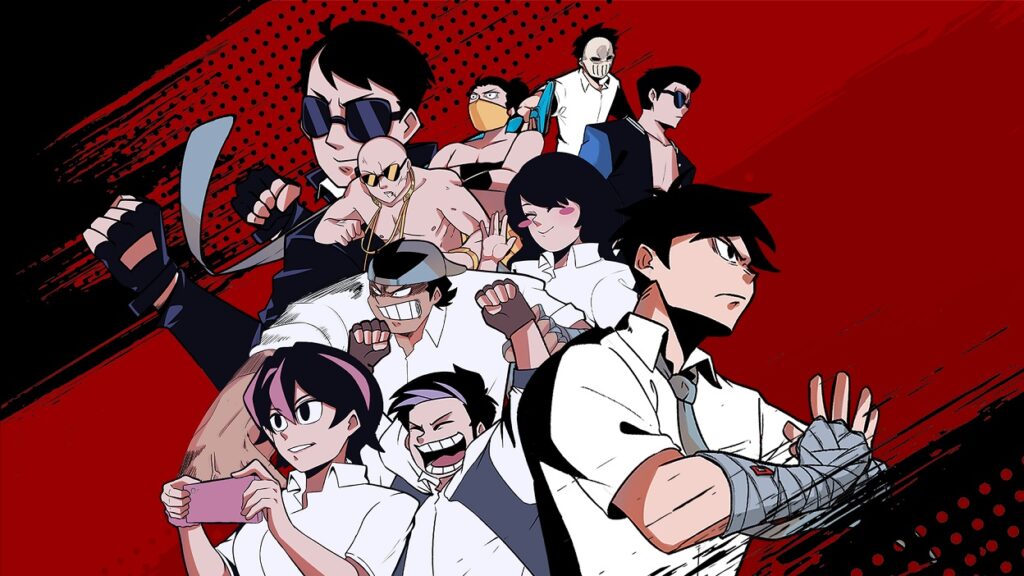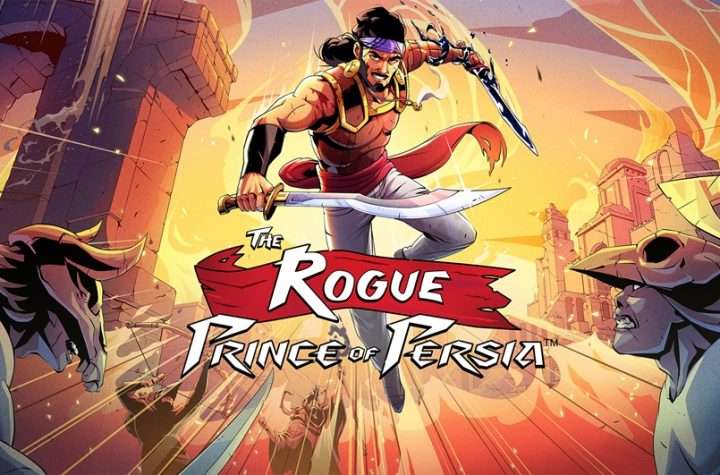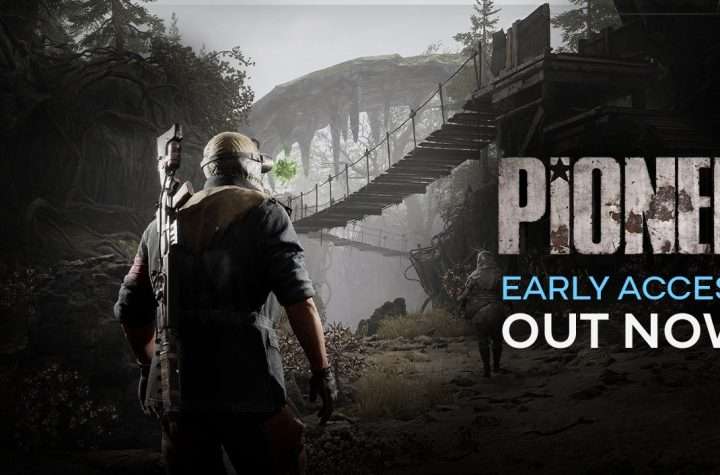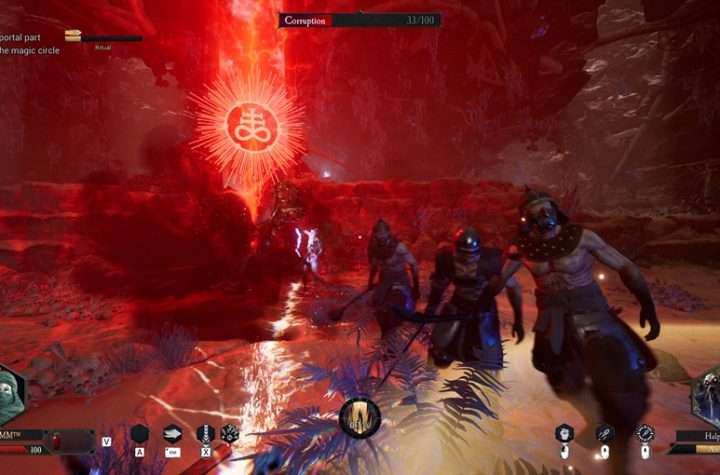Trying to fit in is tough. Whether you’re a new hire, moving to a new neighborhood, or transferring to a new school, it’s difficult to find a place in a new environment. And it’s not just what you’re suddenly becoming a part of, it’s what you’re leaving behind as well.
At least you didn’t have to go through a school transfer like Budi’s.
Troublemaker is the latest game from the developers at Gamecom Team and publisher Freedom Games, in which you play as troubled high school student Budi as he fights for normalcy and peace at his new transfer school. The game is a semi-open world brawler with a unique and dramatic style, opting for more anime inspired cutscenes while contrasting them with a gritty, more realistic world. Its story so far is rather typical fare: a delinquent with a heart of gold makes a promise to his mother to stop fighting at his new school, only to discover that everything at his new school is solved through combat. As tired as that may sound, Troublemaker makes it work, hooking you in with its characters and unique, quirky flair. The writing in the game is very enjoyable, seamlessly bouncing between lighthearted character-building and the tense, dramatic dialogue between bruisers out for blood.
Its style isn’t just in its narrative, as its visuals are an interesting contrast that makes for an engaging experience. The actual world that you explore is gritty, realistic, and detailed, while the more cartoony character portraits and anime-inspired animated cutscenes provide a near 180 visually. At first, I wasn’t certain how to feel about this difference. The contrast was night and day, and it led me to feel like one of the two had to change for things to fit. But the more I played, the more I started to realize that the world of the game fit both directions. That said, I still wish that they had given the world slightly more saturation to match with the cutscenes, but I can understand what they were going for.

Alright, enough bobbing and weaving. Let’s get down to business: what’s it like to beat people up? Your opponents in Troublemaker aren’t waiting for a bell, and they’re not afraid to kick you while you’re down. But you’re not above stooping to their level to take them down either. As you fight, you’ll move around an enclosed arena, dodging your enemy’s (or sometimes, enemies’) strikes and looking for an opportunity to counterattack. While you do this, you have to keep a close eye on your energy bar. Any action, offensive or defensive, chips away at it, and you need to disengage to start recovering it. This bar also serves as your block meter, meaning if you exhaust it with an all-out aggressive approach, you won’t be able to take a hit if things stop going your way. But running out of energy isn’t the end of the world; in fact, you won’t even be prevented from continuing to attack or dodge. The main drawbacks of running out of energy are completely disabling your block and removing the timing indicator for counters. While playing, I didn’t find the block to be that necessary, but you’ll quickly find that you aren’t able to counterattack nearly as much as you’d like without managing your energy.
If you find yourself getting ganged up on and you need a quick pick-me-up, why not stop mid-match and have a quick snack? Different items serve different purposes, from refilling your health to bumping your energy bar back up or even filling up your style meter. Oh, did I mention the Style Meter? It fills up as you fight, and once its full you can use a powerful move known as a Style Move. From summoning a chair to fling at your opponents, to using the almighty Chancla, to even T-Posing on your opponents to assert dominance or unleashing a superfluous amount of punches a-la JoJo, there’s no limit to what you can do! …well, there technically is. You have to purchase new techniques from the shop, meaning you’ll have to decide between items, ultimates, and upgrading your stats.
As I played, I found myself slowly starting to understand the gameplay that the developers wanted. At first, I tried to brute force my way through combat, which didn’t go very well. Eventually, I understood that it was supposed to be fluid, with more of a focus on countering, managing your opponent’s openings, and exploiting their weaknesses. But, even so, it didn’t quite sit perfectly with me. Even when I thought I found the rhythm, I couldn’t quite get the hang of it. It’s so close, just a little bit off.
Troublemaker is clearly a game that hits very close to home to its creators, and it has a lot of passion and heart put into it. It feels like its nearly there, just on the cusp of being exactly what it wants to be. That said, maybe I haven’t experienced exactly what the developers intended, seeing as the world didn’t fully open up for me to explore until nearly halfway through the game. I can imagine that plenty of players might get frustrated by the handholding that lasts for such a large part of the game, but I can excuse it because of how it ties into the narrative. As it stands, Troublemaker is a game that I can definitely see myself continuing to play and perhaps even 100% completing, but I also hope that the developers are able to put in a little bit more time to polish the game up into everything they’d dreamed of. I’d rank it a 7.5/10, and I encourage you to keep an eye out for an update or two in the future that might make it even better.
Troublemaker is available for $19.99 for PC via Steam.
Related: Reviews by Aaron Grossmann
Gaming is a passion that I, like many other people, hold near and dear to my heart. As an aspiring Game Writer and general Storyteller, I enjoy looking into the vast worlds and deep stories of every game I can. Then again, sometimes bad guys just need a good pummeling, and I am more than happy to provide!





More Stories
Highly Anticipated Post-Apocalyptic MMO FPS, PIONER, Launches on Steam Early Access
DAIMON BLADES Preview for Steam Early Access
ReStory Preview for Steam